|
With all target birds secured and the pressure off, Saturday and Sunday proved a relaxing couple of days. Plenty of World Cup action was watched, including England's demolition of Panama on Sunday afternoon, and a fair bit of eating and sleeping also occurred. A very lazy Saturday morning saw us head for Madeira's north-easterly extremity, Ponta de São Lourenço. Here the habitat is much drier and barren than the rest of the island and we soon found six Rock Sparrows, as well as a handful of Berthelot's Pipits, a couple of Spectacled Warblers and the ubiquitous Plain Swifts. The fish farm offshore occasionally attracts Monk Seals from the small colony on Desertas, but we weren't in luck. After a bite to eat in Machico, we headed the the south end of the island, where a Monk Seal had been seen recently. Unfortunately there was no sign of it, while the island's only significant freshwater pool held little more than a bunch of rancid Muscovy Ducks and a couple of strange coot species, which remained unidentified. Then it was up into the island's interior, where low cloud had enveloped the peaks and made for a cool, unproductive afternoon. However, Madeiran Orchid was a nice tick, with plenty flowering around Ribeiro Frio. In the evening, we scored good views of a pair of Madeiran Barn Owls (Tyto alba schmitzi) above Machico, before having a few beers in town. An early start on Sunday saw four of us at Pico do Areiro for sunrise, where the views were quite spectacular. To see where the Zino's Petrels breed in the daytime only enhances the species' aura. To think that one of the rarest birds in the world routinely leaves the sea to ascend 1,800 metres up a mountain each night, simply to breed on the slopes here, is quite amazing. What a bird and what a place. Unfortunately several spikes of the endemic Rock Orchid (Orchis scopularum) were well over, although one still retained a few flowers. With the conditions much improved from the previous afternoon, we headed down to Ribeiro Frio and spent a couple of hours photographing the abundant Madeiran Firecrests here, with some success. The dark understory and restless nature of the birds made obtaining the perfect shot a challenge, but they were at least very numerous and generally confiding. Even more confident were the Madeiran Chaffinches at the Levada do Balcoes viewpoint, while a single Trocaz Pigeon was seen flying high over Ribeiro Frio as we enjoyed a coffee and cake - all very civilised, particularly given the usual exhaustive nature of my birding trips! We went out for food after the England game, before packing our bags and heading to the airport for the flight home. All in all, a fantastic five days: easy birding, terrific scenery, nice food and great pelagic trips! A full gallery of images from the trip can be found by clicking here.
0 Comments
Most of the team either slept, lazed around, edited photos, drank coffee or worked for the morning, before heading to Machico for lunch. Then it was onto the boat for our third and final pelagic trip. The plan was to once again visit the waters to the north of the island, in the hope of further Zino's encounters, although getting out to the chumming spot proved challenging in the headwind and choppy seas. One of the first birds to attend the slick was a Wilson's Storm Petrel, which was a clearly different bird to the one seen on Wednesday. This was followed shortly after by a White-faced Storm Petrel, and both went on to linger for over two hours, well into the evening, often giving terrific views side by side. In fact we were thankful for the storm petrels, for there were long periods of little activity for the first couple of hours. After 7 pm, things quickly improved as the numbers of Cory's and Bulwer's visibly increased and the odd Pterodroma put in an appearance. In total we logged three Desertas and two Zino's Petrels, with a further bird going unidentified due to distance and brevity. Both Zino's were photographed and both clearly proved to be different to those seen the previous days. This made it five Zino's for the week; a very respectable total. A couple of large skuas had been putting in fleeting and distant views all afternoon, but eventually one came close enough to ascertain that it was an immature Great Skua. The other remained unidentified, but was presumably also a Great rather than anything more exotic. We also encountered small pods of Common and Bottlenose Dolphins before returning to Machico for 10 pm.
Given the long day yesterday, none of us stirred particularly early this morning and it wasn't until after 09:00 that we eventually got in the cars and made the short journey south-west to Palheiro Gardens, on the outskirts of Funchal. Madeira hosts two endemic landbirds: Madeira Firecrest and Trocaz Pigeon. Both are widespread in the interior of the island, where good tracts of native laurel forest remain (which the pigeon is particularly fond of), and a quick scan of previous trip reports soon reveals that this is where most birders head to see both. However, we'd had a tip off that the suburban setting of Palheiro was the place to go if good views are your thing ... We'd already seen one Trocaz Pigeon perched distantly in a tree before we'd even set foot in the gardens. After coughing up for the extortionate entry fee (€ 11), we proceeded to meander downhill towards the main gardens and were soon enjoying good views of Madeira Firecrests. The second pair we encountered transpired to be two males trying to beat the living hell out of one another. They were so engrossed in grappling with each other on the floor that they didn't even notice Ash walk right up to them and simply bend down to pick them up! Ash, bewildered and amused in equal measure at what he'd just done, brought both birds back in his hands, where Jake was on hand to display a little more nous by holding the birds more correctly and displaying them for us to take a few shots, before releasing them safely. It's fair to say that none of us had expected to see the species in the hand, particularly alive, and within minutes of seeing our first! Quite surreal. While the firecrest was obviously a target, the primary objective of our visit here was obtaining point-blank views of Trocaz Pigeon, for which the site is renowned. While views up in the interior of the island typically involve distant birds flying high over wooded valleys, or obscured in the canopy, Palheiro offers the chance to watch birds happily waddling around its grounds, with little fear of humans. Although it took us a while, we eventually found a handful of pigeons feeding in a laurel tree, with a couple of these going on to show extremely well on the hotel lawn. Common resident species were also plentiful here, including the local subspecies of Chaffinch, which is mooted as a likely split. Once we'd had our fill, we returned to the flat to pack our bags for the second of the three pelagics, again leaving Machico but this time heading to waters south-east of the island. Not far out of the harbour, a large pod of Bottlenose Dolphins appeared and came to investigate the boat. Then, shortly afterwards, a group of around 30 Short-finned Pilot Whales appeared and moved through at similarly close range. As we headed out to the chumming spot, it became clear that there were more Bulwer's Petrels in this area. And, by the end of the day, we estimated to have seen three figures of this charismatic species, which must be one of the best seabirds going (at least in the WP). Aside the ubiquitous Bulwer's and Cory's, it was slow going for long periods at the chumming spot. Occasionally a Pterodroma would appear, but all identifiable proved to be Desertas and most powered straight through, not even circling the slick (as they'd routinely done the previous day). Eventually a Madeiran Storm Petrel arrived and lingered for some time, often giving great views. Furthermore, local Yellow-legged Gulls kept us entertained and a Blue Shark was observed feeding on the bait ball on several occasions, although it was quite nervous and would disappear as soon as the boat got close. On the way back, we enjoyed great views of a Zino's Petrel, which circled the boat a couple of times, as well as another Desertas Petrel.
Ashley Howe and a team of Sussex birders first organised a three-day pelagic trip off Madeira, with Wind Birds, at the turn of the year. Quite frankly, the past six months have flown by and all too soon the trip was upon us. Our flight was due to depart Gatwick for Funchal at 07:40 on Wednesday 20 June, although this was complicated slightly by the overdue arrival of the American Royal Tern on British soil on the evening of 19th. Fortunately the tern had chosen Pagham Harbour as the destination for its maiden British visit which, at a push, is just over an hour from Gatwick. And, with sunrise due at 04:45, Dan Pointon and I figured we had the best part of 45 minutes in which to connect with the bird before needing to head for the airport. As it transpired, things went about as well as they could on the morning of 20th. The Royal was located among the Sandwich Tern colony as it came light at around 04:20, then performed well by flying to the main channel for a wash and preen before powering out to sea, past the assembled crowd, at 04:38. We made it to the airport with plenty of time to spare, where Ash, Ian Barnard, Jacob Everitt and Matt Eade were already present. With the flight on time, we touched down in Madeira before midday and soon met up with Pierre-André Crochet, who was to accompany us on the pelagics. After dropping our stuff off at our nearby accommodation, we headed to Machico, where we had a spot of lunch before meeting Hugo and Catarina of Wind Birds on the quay, along with Andreas from Germany, who was also joining us. The pelagics run from 15:00 to 22:00 at the height of summer, so it was already late afternoon by the time we reached our chumming spot, some 15 km north of the island. The outward journey had already produced a couple of fly-by Desertas Petrels, a few Bulwer's Petrels and the much commoner Cory's Shearwaters. The slick soon formed and, at 17:50, we were treated to our first Desertas Petrel, which investigated for a few minutes and gave a few close fly-pasts before zooming off into the distance. Then, less than 20 minutes later, came the prize that we all were hoping for. Among several Bulwer's Petrels at the slick, a clearly smaller Pterodroma appeared, seemingly not much bigger than the Bulwer's. It evidently had a lot of white on the underwing and, on its first close pass, revealed a rather demure bill. It lingered for several minutes and all on board agreed it was as 'obvious' as a Zino's could ever be, with this notion quickly confirmed when we subsequently reviewed our photos. I managed to obtain images of the first two Pterodroma petrels in similar postures, so here they are. Hopefully the structural differences in the bill are obvious, as well as the smaller, more rounded head shape of Zino's. Another half-hour passed before a second Zino's appeared. This one proved less clear cut on field views and it was only on inspecting images back at the flat that evening that we realised it was a) a Zino's and b) a different individual to that at 18:10. Here's a photo followed by a comparison of birds #1 and #2 ... Bulwer's Petrels were a near-constant feature at the slick, while there was a sudden spate of storm petrel activity as a squall rolled in during the evening. Firstly, a Madeiran Storm Petrel appeared at 19:40, quickly followed by a Wilson's Storm Petrel and then the icing on the cake: a White-faced Storm Petrel for several minutes from 20:20. Unfortunately the light had gone by the time it appeared and thus images aren't quite what I might have hoped for, but what an extraordinary bird. The experience of seeing them at a colony in Cape Verde was special, but it almost felt like a tick seeing the species at sea, with the ludicrous, pogo-style bouncing both amusing and mesmerising to watch. Not long after the White-faced, it was time to return to Machico, where we arrived a short while before 10 pm. It had been a long and surreal day, from enjoying a mega rarity in West Sussex at dawn to watching seabirds off the Madeiran coastline in the evening. Dan and I slept particularly well!
|
This pageThe musings of a wildlife enthusiast, usually armed with his camera. Archives
September 2023
|
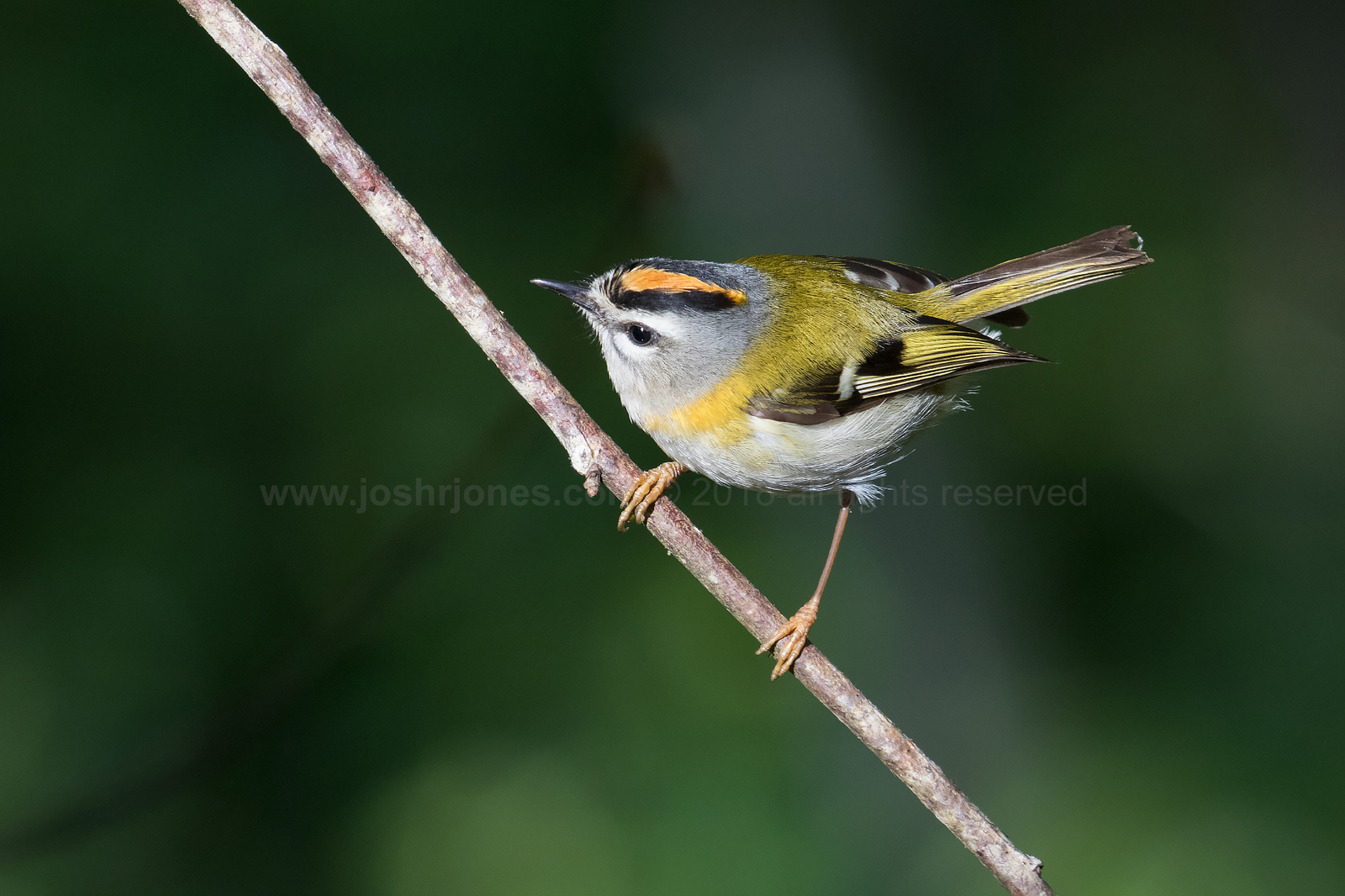
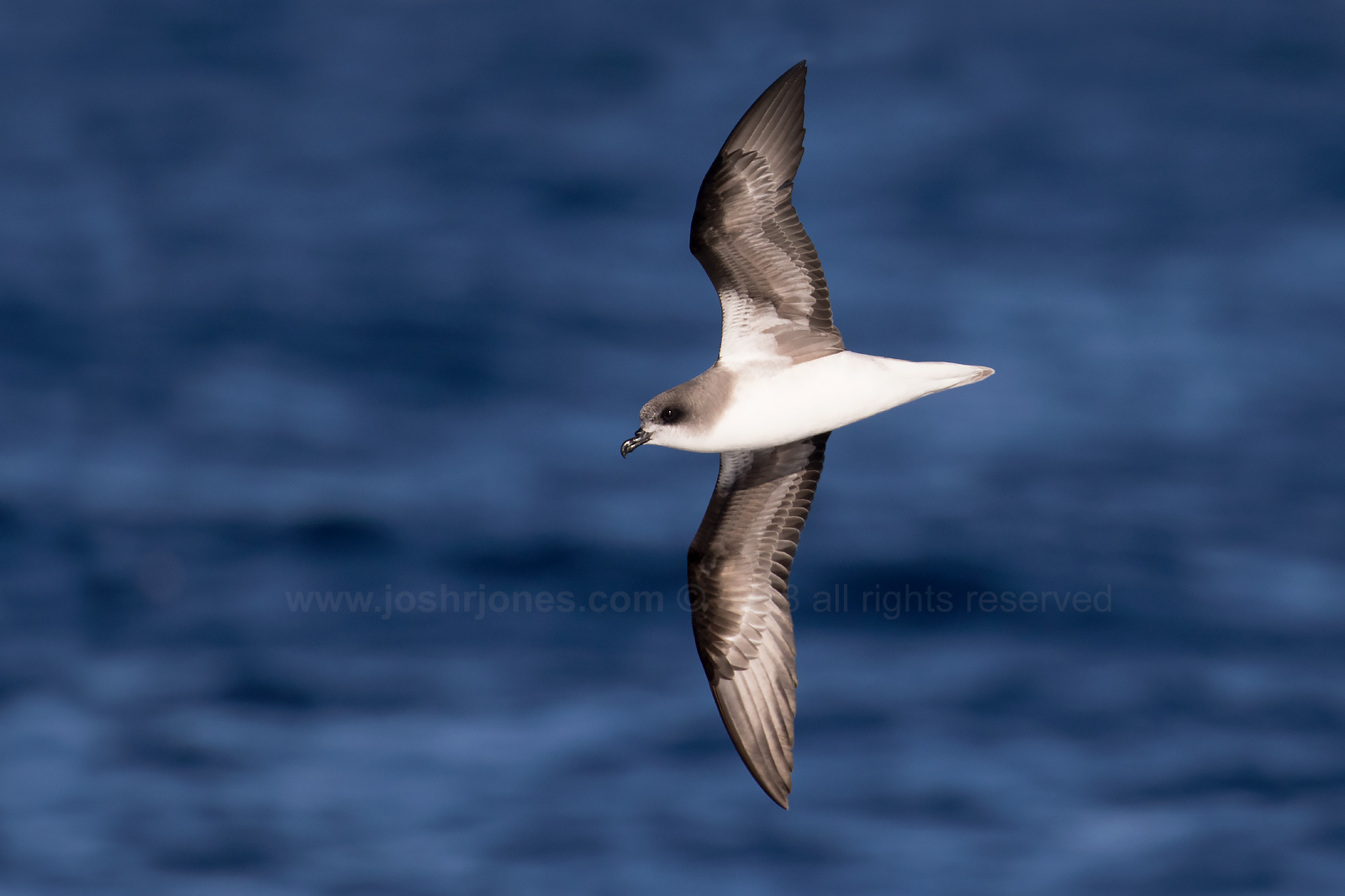
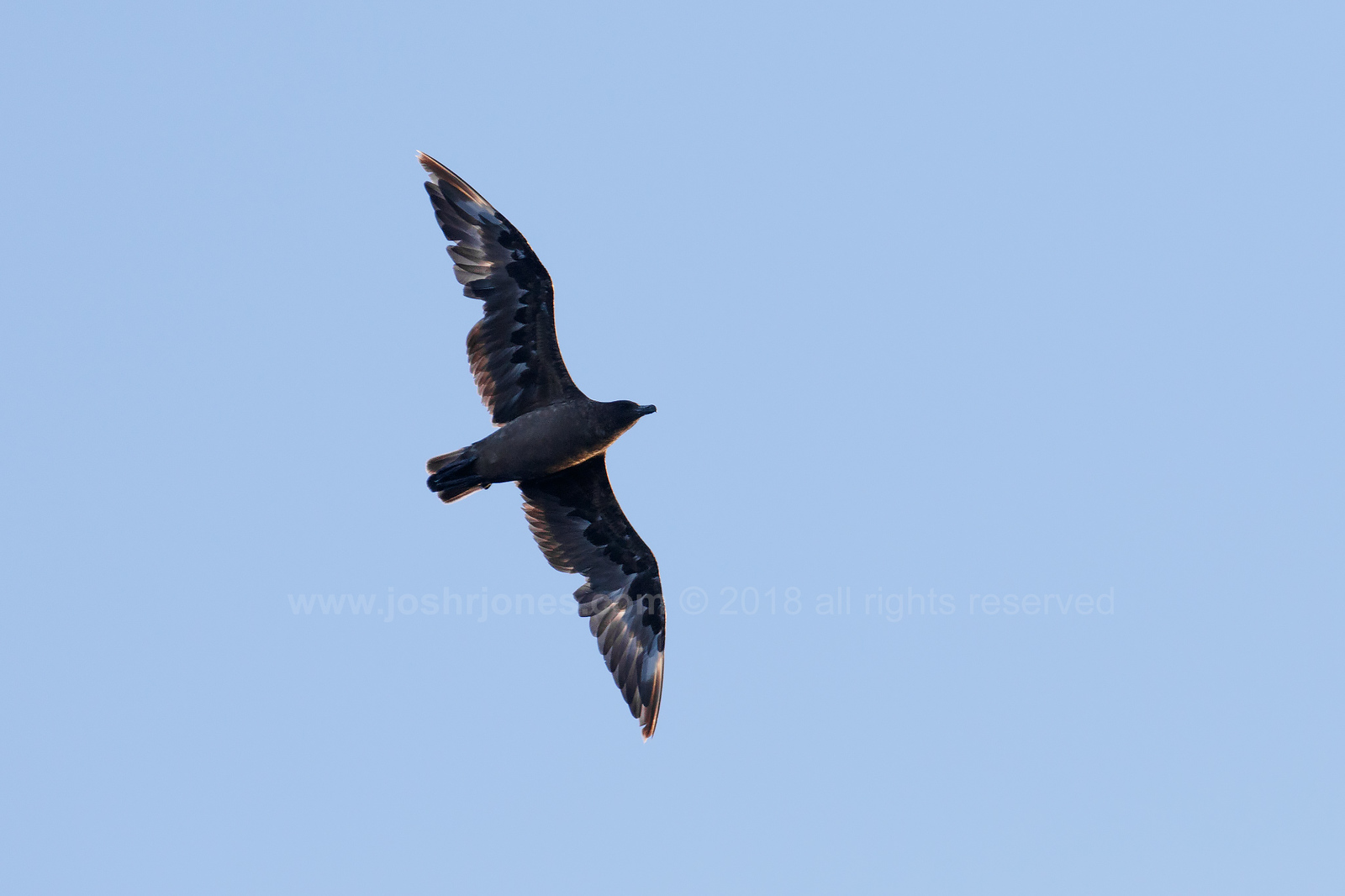
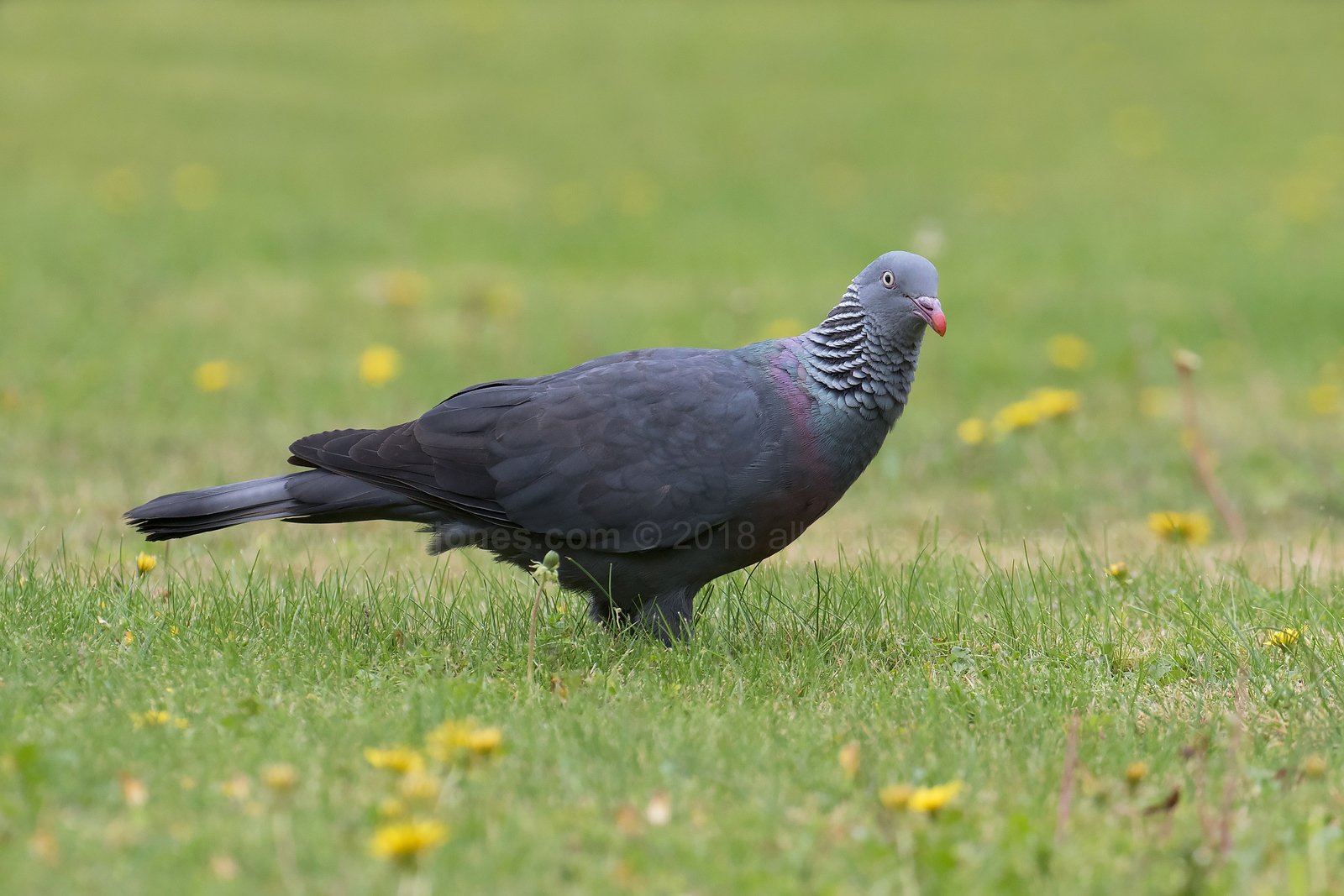
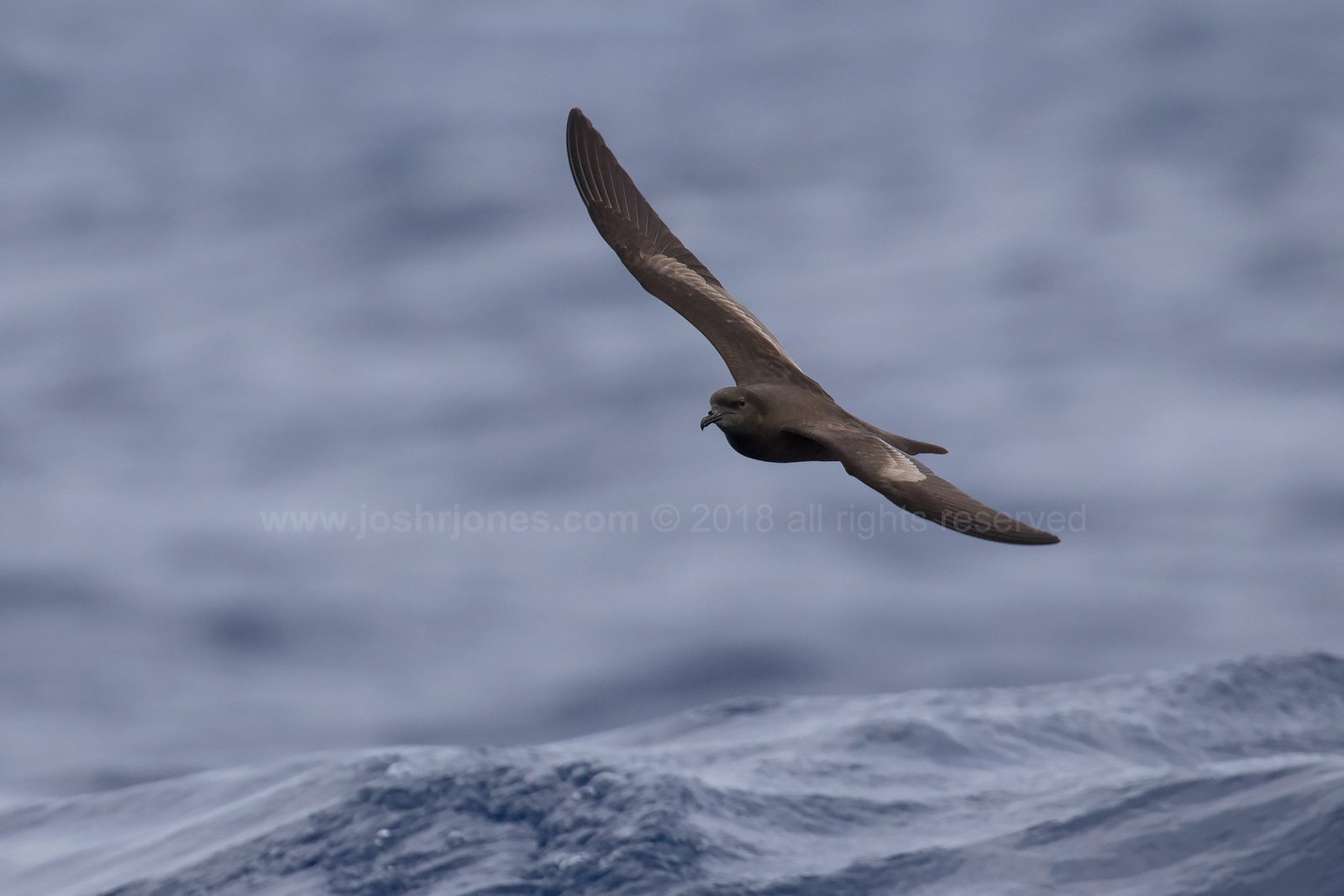
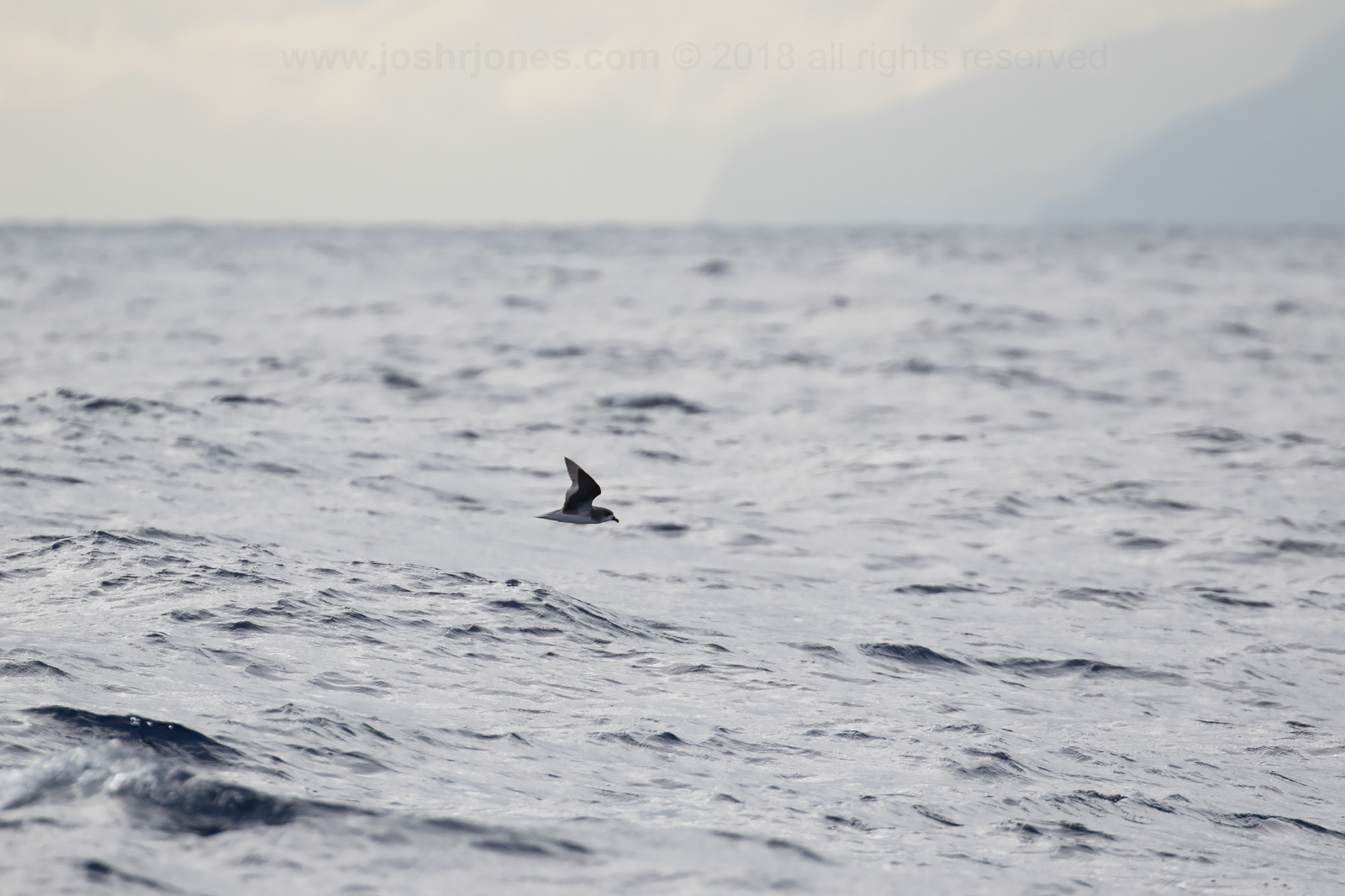
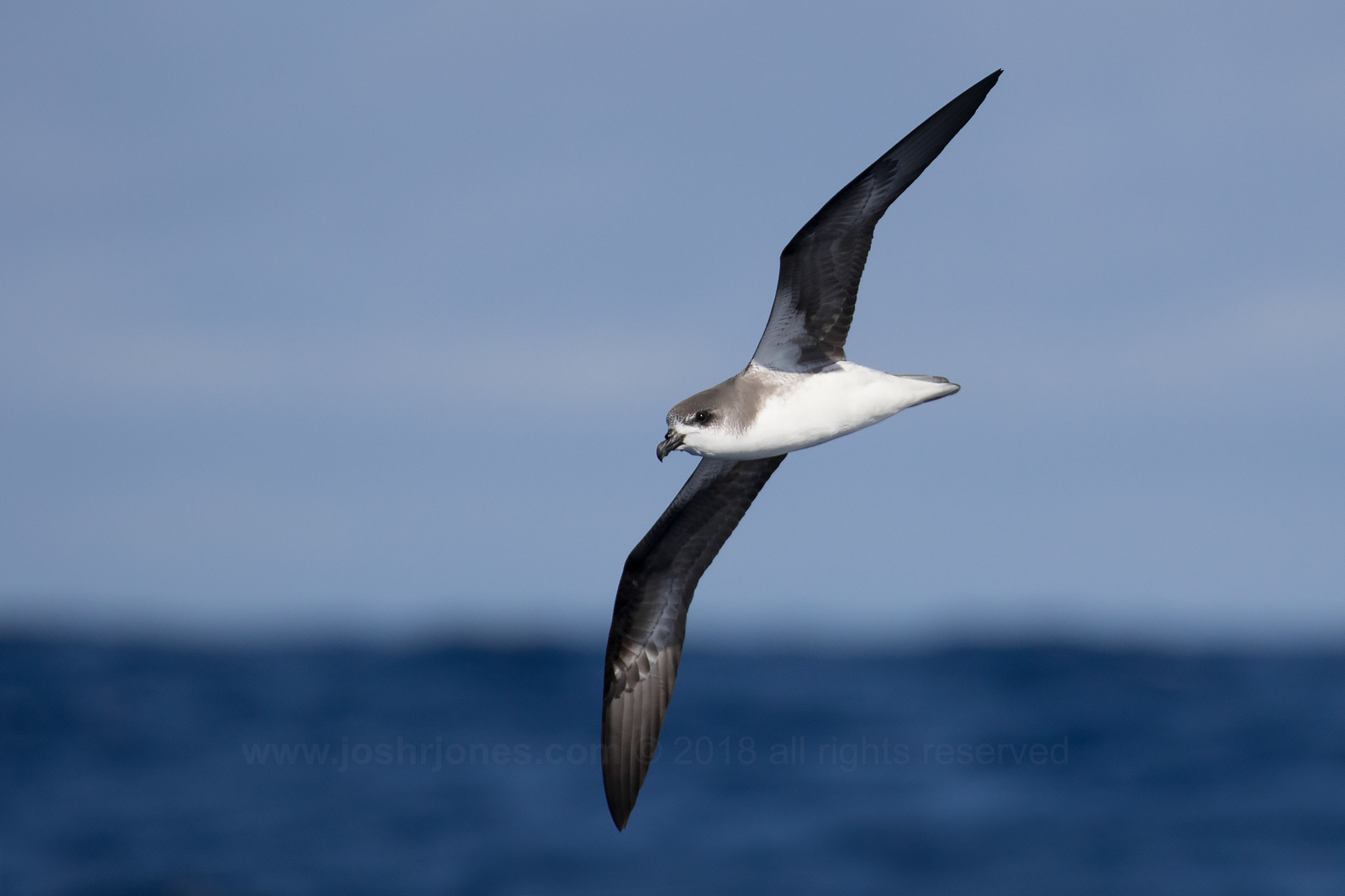
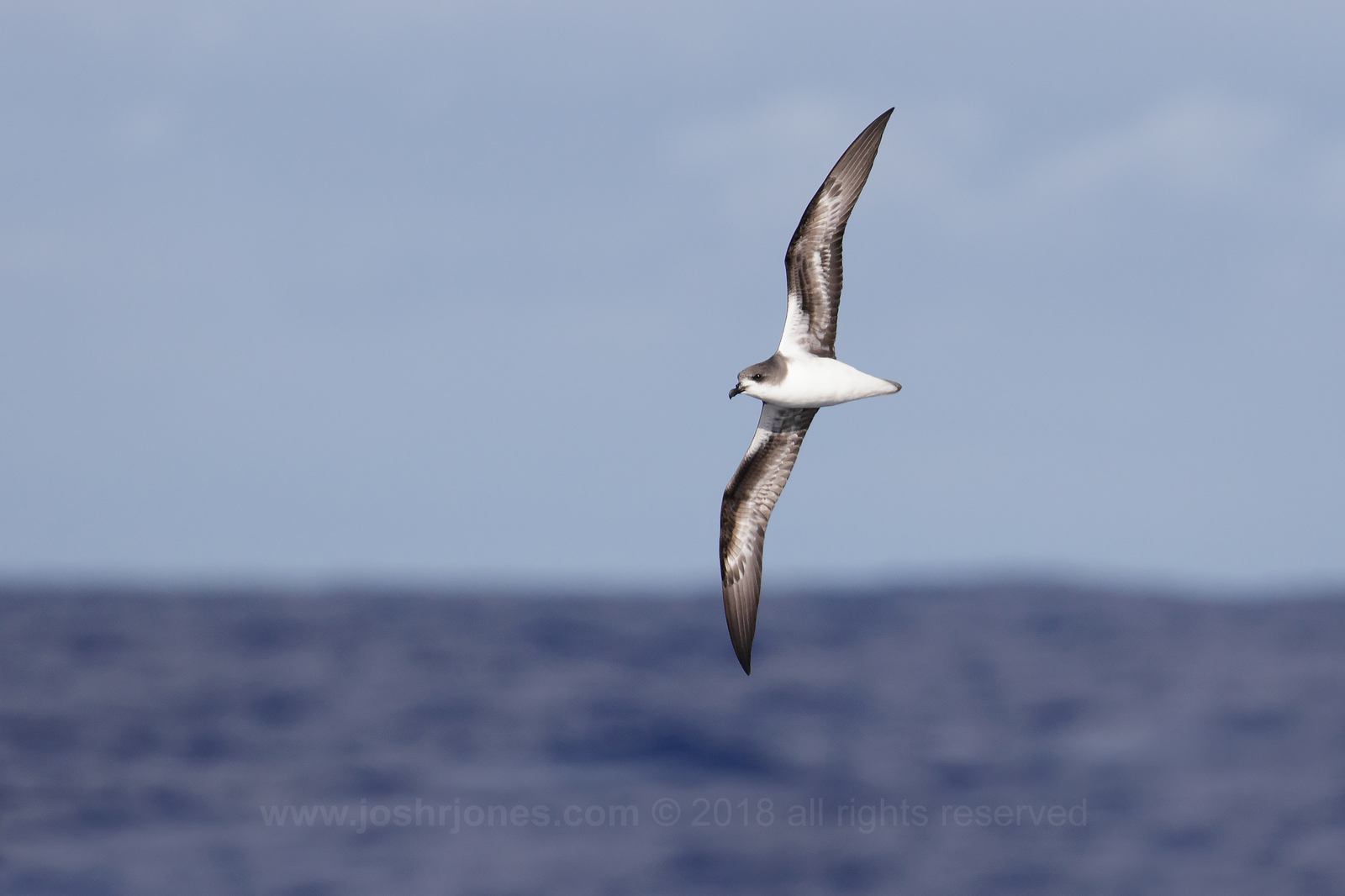
 RSS Feed
RSS Feed